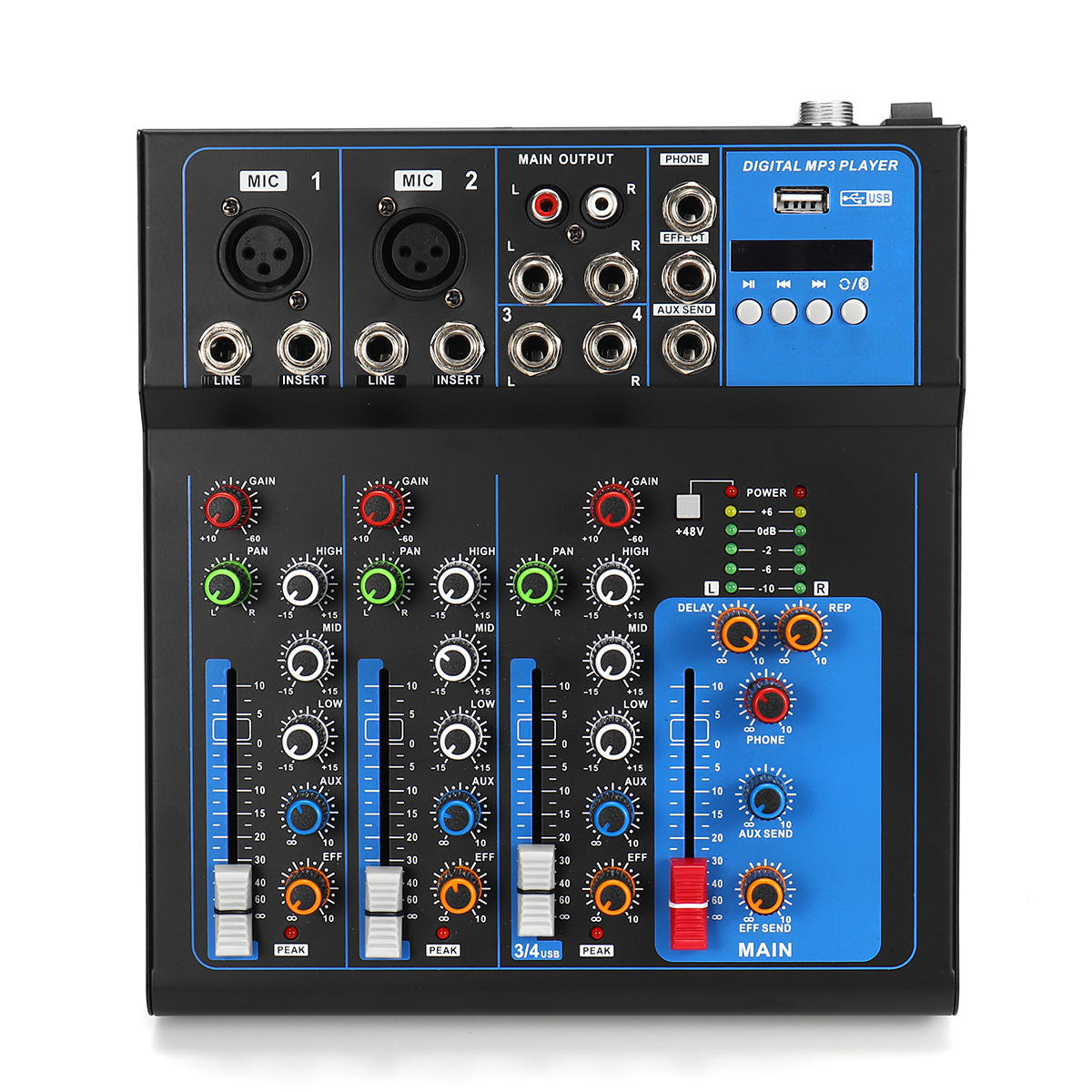


Mixer Overviewīefore I dive too deeply into the audio interface side of things, let's look at the mixer itself. In the meantime, the 'Live Sound' box gives a quick roundup of the mixer's dedicated live sound features.

I've considered this mixer from a studio production perspective, but you'll be able to read a more live‑focused review in a forthcoming issue of our sister publication, Performing Musician. I've condensed the StudioLive's main features into a 'Vital Statistics' box, and will concentrate here on what it's like to use, and how it sounds. After the show, you can route audio back into the desk, using its processing and effects to reduce the burden on your computer. The idea is that you can use the mixer for live sound mixing while simultaneously multitracking the gig for a later mixdown. This fully featured, stand-alone, four‑bus digital mixer is aimed as much at front‑of‑house as at recording applications, and is equipped with a Firewire port, so it can also act as a 32‑in, 18‑out audio interface. PreSonus have plenty of experience in analogue hardware, audio interface and monitor controller design, and have drawn on this in designing their StudioLive 16:4:2 mixer. Can this digital mixer perform equally well in both the studio recording and live sound worlds?


 0 kommentar(er)
0 kommentar(er)
